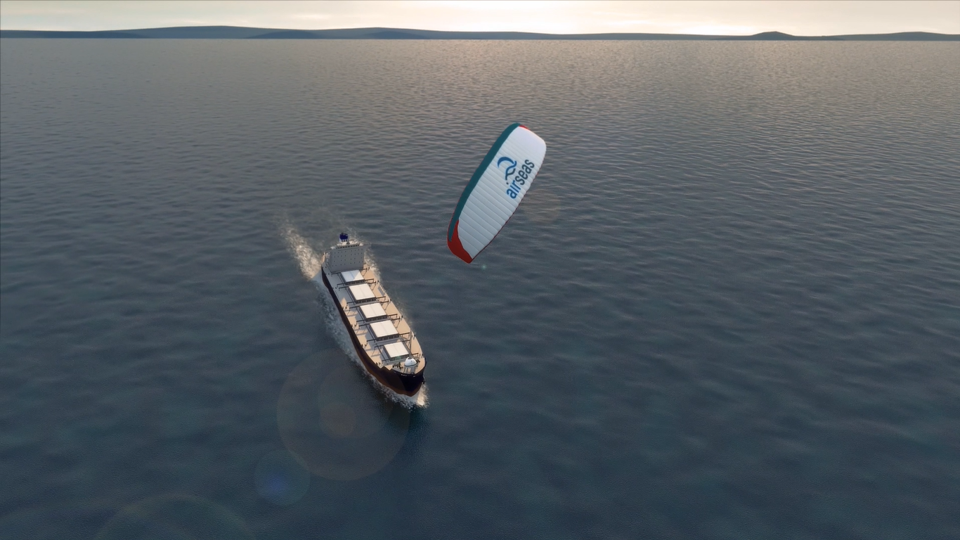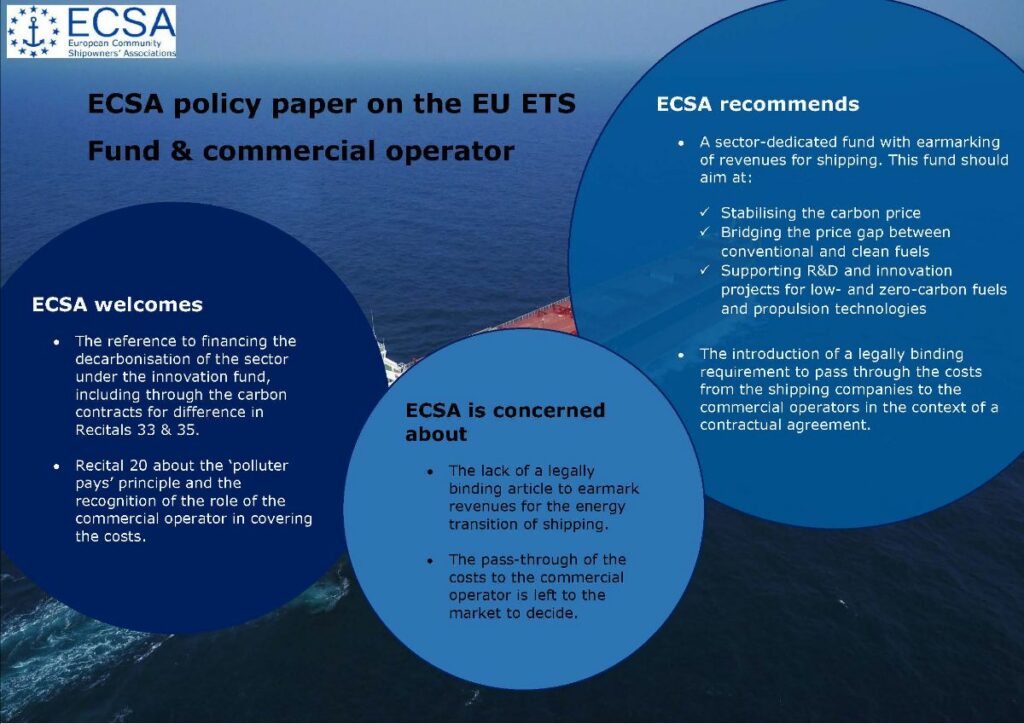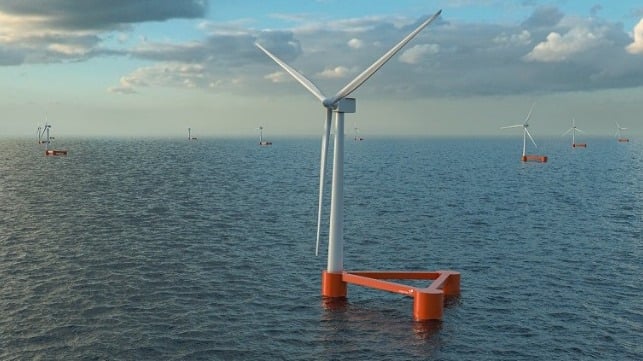Wärtsilä and Norway based Simon Møkster Shipping have signed a collaboration agreement to carry out a feasibility study on utilising ammonia as the main fuel in dual-fuel engines where LNG is the alternative fuel. The aim is to demonstrate the feasibility of converting vessels for dual ammonia – LNG operation, and that it can be carried out safely and efficiently. The agreement was signed in October 2021.
“We are excited to join Wärtsilä in this project. We see this as a step towards meeting our targets for reducing greenhouse gas emissions, and our ambition is to cut our fleet’s CO2 emissions by 40% by 2030. By 2050 we expect to reach net-zero carbon emissions,” said Anne Jorunn Møkster, Owner and CEO Simon Møkster.
“Decarbonisation is central to the future of shipping, and Wärtsilä is totally committed to helping our customers achieve this goal. This collaboration agreement represents further evidence of this commitment. We are leading the way towards the adoption of alternative cleaner future marine fuels through extensive testing and research, and we see ammonia as an extremely promising option,” said Cato Esperø, Head of Sales Norway, Wärtsilä.















